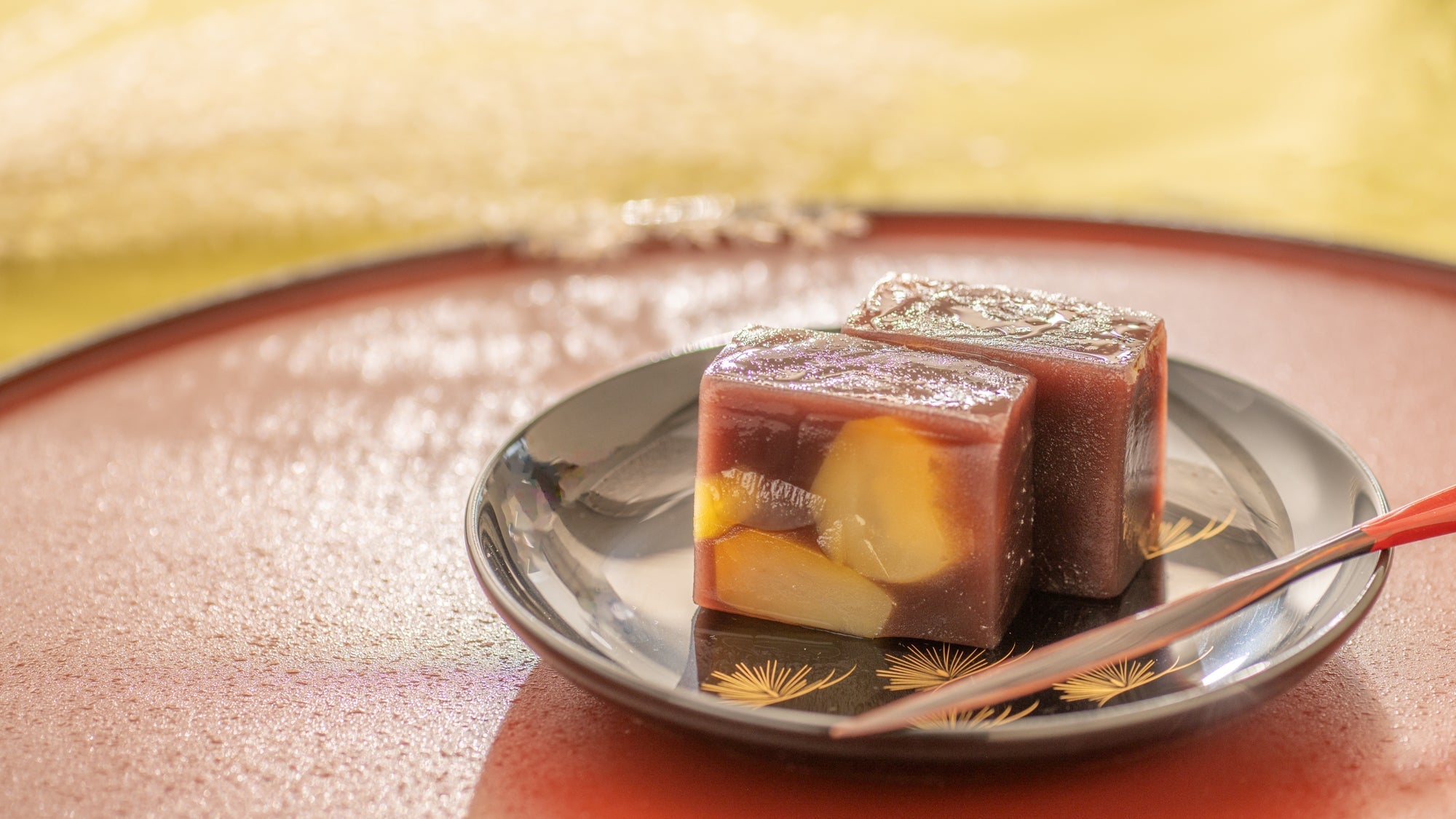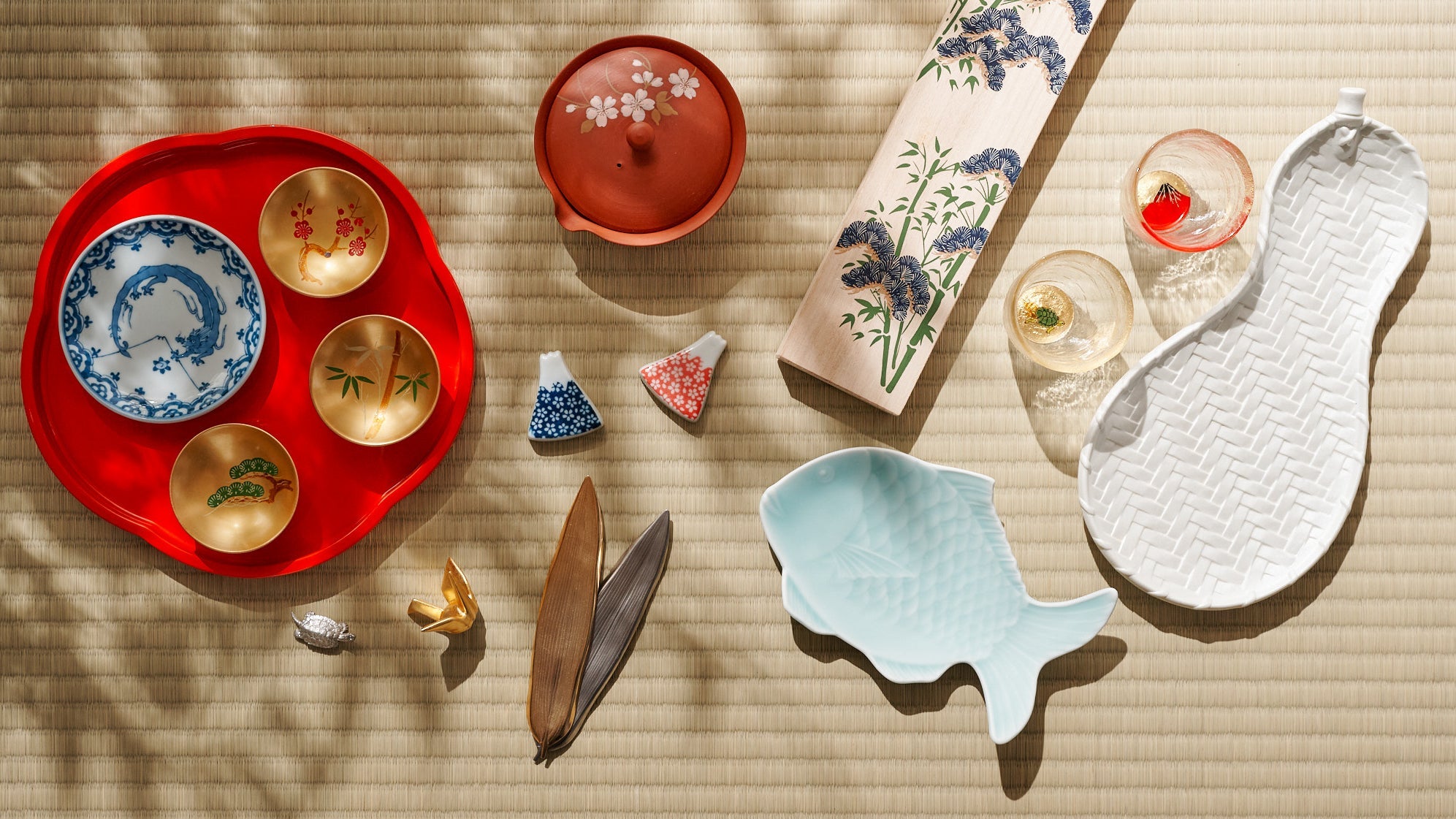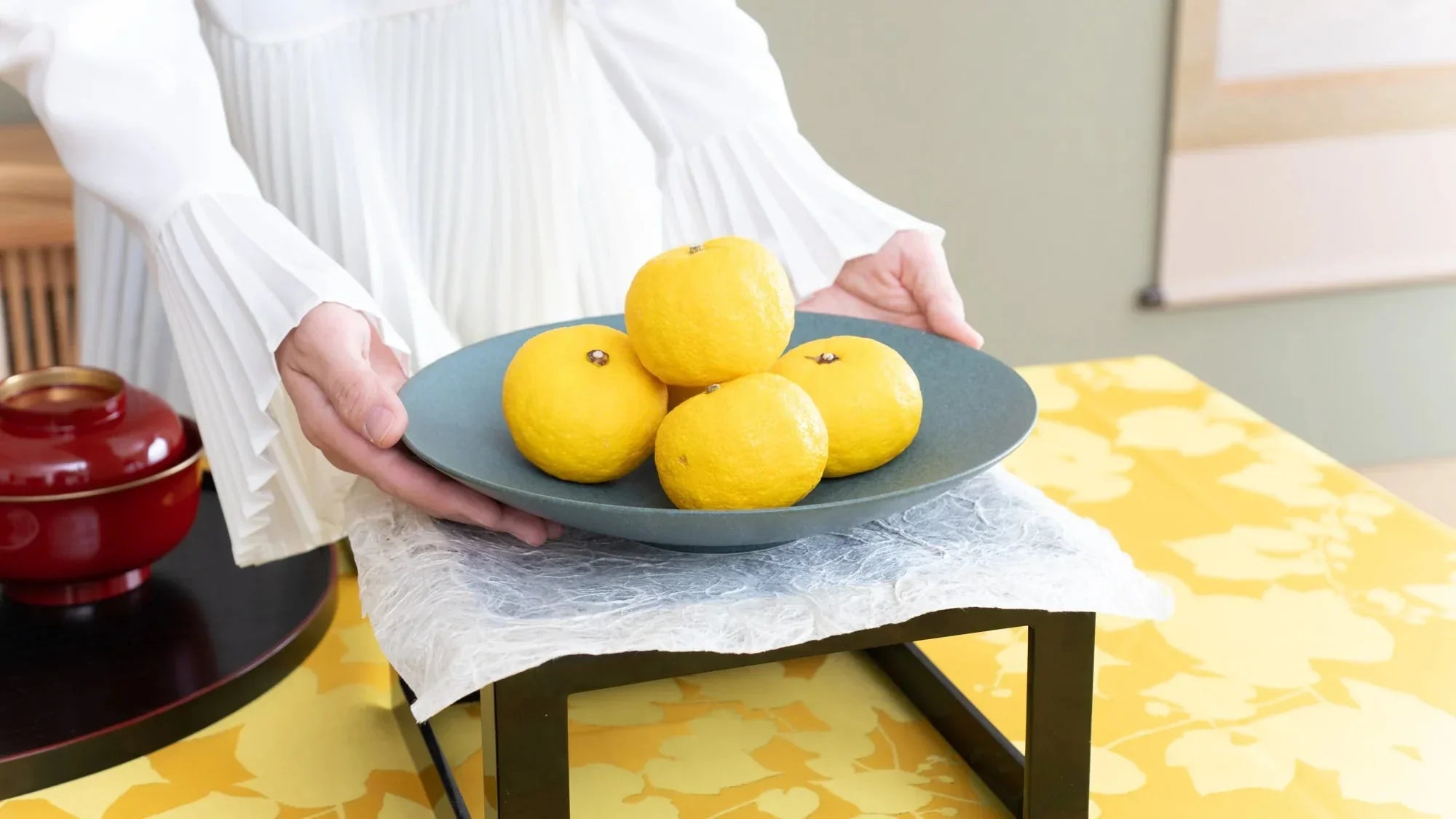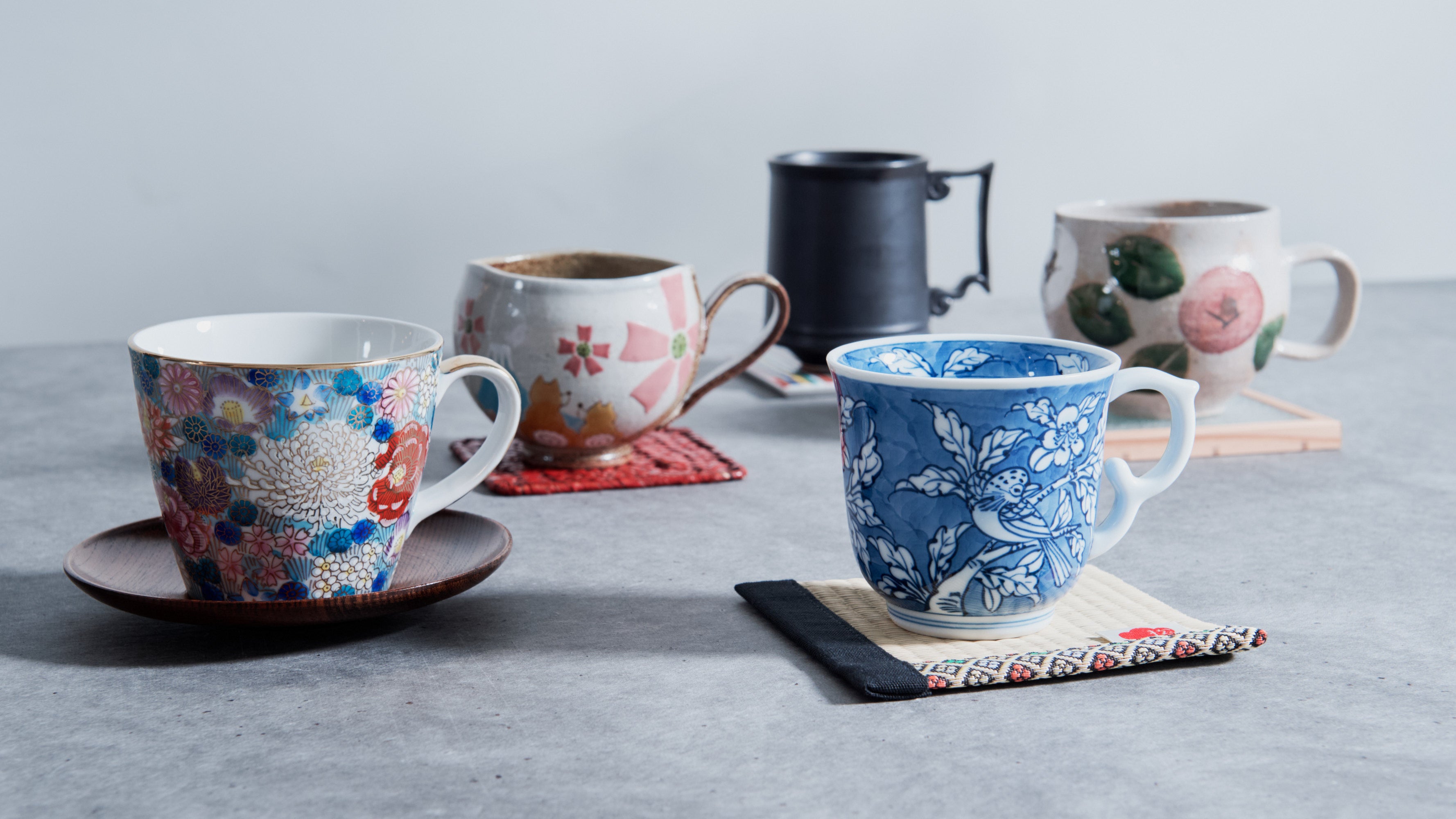
A Harvest of Sweets: Discovering Fall Wagashi
Written by Team MUSUBI
Even before the leaves don their vibrant attire of yellow, red, and brown, the new season’s colors start to bloom in the world of wagashi, Japanese sweets. The rich hues and delightful flavors of wagashi invite you to step into the next chapter of the year. Capturing its essence long before the landscape begins to change, each one reflects the hearty abundance of the harvest season.
table of contents
Nature's Palette: Fall Motifs in Nerikiri
As the first cool breezes sweep through Japan, wagashi artisans begin to craft delicate nerikiri—miniature masterpieces that capture the essence of the season. Nerikiri is a Japanese confection made from a blend of white bean paste and glutinous rice flour, known for its smooth texture. Often crafted to resemble seasonal motifs, this beautiful nerikiri treat is inspired by kisewata, the age-old custom of covering chrysanthemum flowers with cotton on the night before Choyo-no-Sekku. The soft cotton absorbing the dew and fragrance of the flower overnight was believed to ward off aging and promote longevity when used the next morning.

Pure Chestnut: Kurikinton

The moment you take a bite, the crumbly texture softly dissolves in your mouth, releasing a gentle burst of chestnut flavor. This charming confection is especially beloved in Gifu Prefecture, one of Japan’s top regions for chestnut harvests. Not to be confused with the kurikinton found in osechi ryori during the New Year, kurikinton in the region around Gifu Prefecture refers to this treat.

This golden, sticky version made with chestnuts or sweet potatoes, is the commonly-known style of kurikinton in other regions.
Chunky Chestnuts: Kurimushi-yokan

Red Bean Bliss: Ohagi
In the past, ohagi was often made at home and shared with family and friends, serving as a way to celebrate the season together. Nowadays, while more people pick up ohagi from stores, the cherished tradition remains the same. Alongside the classic red bean variety, you'll also find options with smooth bean paste or ground black sesame.
Harvest Gold: Sweet Potato Imo-yokan
One of the most anticipated crops of the season is the sweet potato. This humble root vegetable is transformed into a variety of delicious dishes, but one of the most beloved and oldest is imo-yokan. Yet another wholesome delight made from just cooked sweet potatoes, sugar, and some salt to bring out the sweet potato’s natural sweetness.
In the Meiji era (1868 CE–1912 CE), a sweet potato wholesaler and a confectioner in Asakusa teamed up to create imo-yokan as a budget-friendly alternative to the pricey neri-yokan made with red beans. Their innovation quickly became a beloved treat.
Imo-yokan’s texture is smooth and firm, with a sweetness that’s warm and comforting. Its rich, earthy taste makes it a wonderful companion to a cup of green tea. While it’s best enjoyed as is, try warming it up in the oven or toasting it in a frying pan with a little butter until it gets that perfect golden crust—it takes the flavor to a whole new level.
As you savor these seasonal wagashi, you’ll find that each bite offers a celebration of nature’s bounty, and joy this time of year brings to Japan. If you’re new to wagashi, this season is the perfect time to start, and if you’re a longtime fan, it’s time to relish these fall favorites of chestnuts and sweet potatoes! So, as the leaves begin to change and the air grows cooler, let these wagashi guide you through the season, one delicious bite at a time.










Leave a comment
This site is protected by hCaptcha and the hCaptcha Privacy Policy and Terms of Service apply.